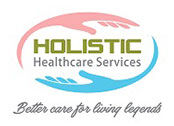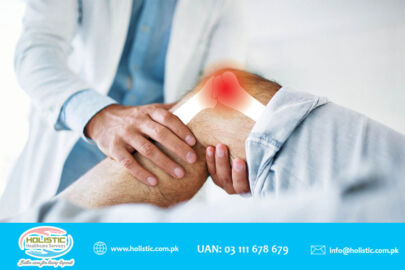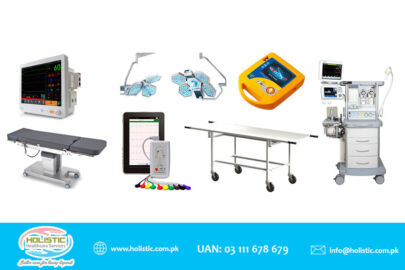Muscular Dystrophy is a group of diseases that cause progressive weakness and loss of muscle mass. In muscular dystrophy, abnormal genes (mutations) interfere with the production of proteins needed to form healthy muscle. Overtime, MD results in increasing the weakening and breakdown of skeletal muscles. The disorder differs in which muscles are primarily affected, the degree of weakness, how fast they worsen, and when symptoms begin.
Symptoms and Causes
Signs and symptoms, which typically appear in early childhood, might include:
- Frequent falls
- Difficulty rising from a lying or sitting position
- Trouble running and jumping
- Waddling gait
- Walking on one’s toes
- Large calf muscles
- Muscle pain and stiffness
- Learning disabilities
In most cases, MD runs in families. It usually develops after inheriting a faulty gene from one or both parents. MD is caused by mutations or alterations in the genes responsible for healthy muscle structure and function. The genetic mutations interfere with the production of muscle proteins that are needed to build and maintain healthy muscles. The causes are genetic. A family history of muscular dystrophy will increase the chance of it affecting an individual.
In muscular dystrophy, weakness is in the muscles. An inherited genetic mistake prevents the body from making a protein that helps build muscles and keep them strong. Children who are born with muscular dystrophy usually develop normally for the first few years of life.
Treatment
There are a number of treatments available for MD:
- Physical Therapy. Beginning physical therapy early can help keep muscles flexible and strong
- Respiratory Therapy
- Speech Therapy.
- Occupational Therapy
- Corrective Surgery
- Drug Therapy
Prognosis
Some types of muscular dystrophy affect only males. Most people with MD enjoy a normal life span with mild symptoms that progress very slowly, while others experience swift and severe muscle weakness and wasting, dying in their late teens to early 20s.
Research suggests that chronic pain may be a significant problem in people with chronic neuromuscular disease (NMD), including all forms of muscular dystrophy.
Facioscapulohumeral muscular dystrophy affects the muscles of the face, shoulders, and upper arms. It can affect anyone from teenagers to adults in their 40s. Distal muscular dystrophy affects the muscles of the arms, legs, hands, and feet. It usually comes on later in life, between ages 40 and 60.
There is no cure for any form of muscular dystrophy, but medications and therapy can slow the course of the disease. Human trials of gene therapy with the dystrophin gene are on the near horizon.
The molecular missteps that disrupt brain function in the most common form of adult-onset muscular dystrophy have been revealed in a new study. Myotonic dystrophy is marked by progressive muscle wasting and weakness, as well as sleepiness, memory problems, and mental retardation.
Patients suffering from MD may need help and assistance to do their daily chores. Their family and friends can provide support at home or they can hire a nurse or caregiver to take care of their needs and spend time with them.
Contact the healthcare professionals at Holistic Healthcare Services at UAN: 03 111 678 679 to know more about the services we offer.





 Reach us on WhatsApp
Reach us on WhatsApp